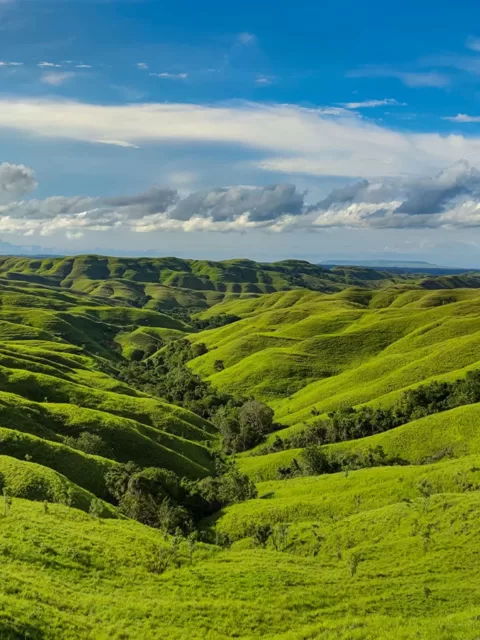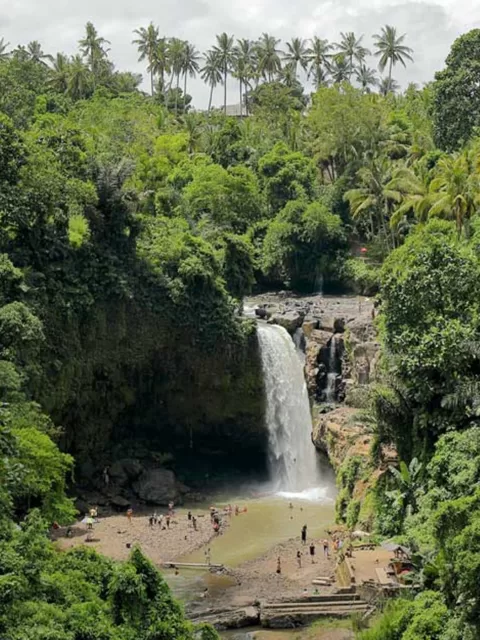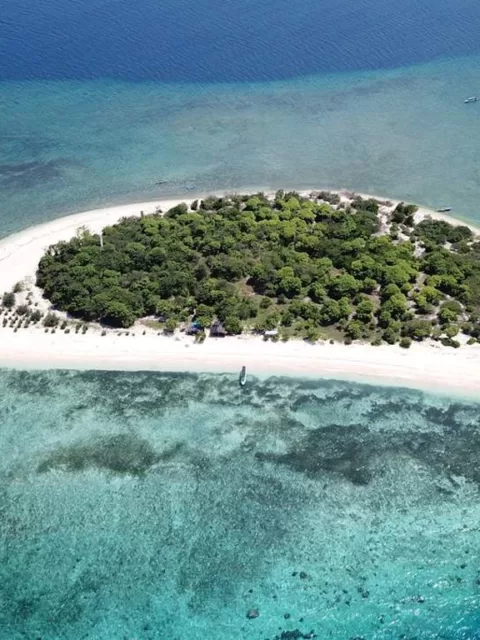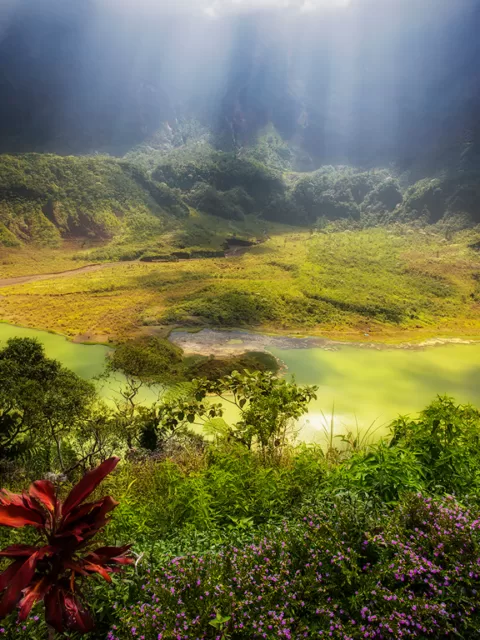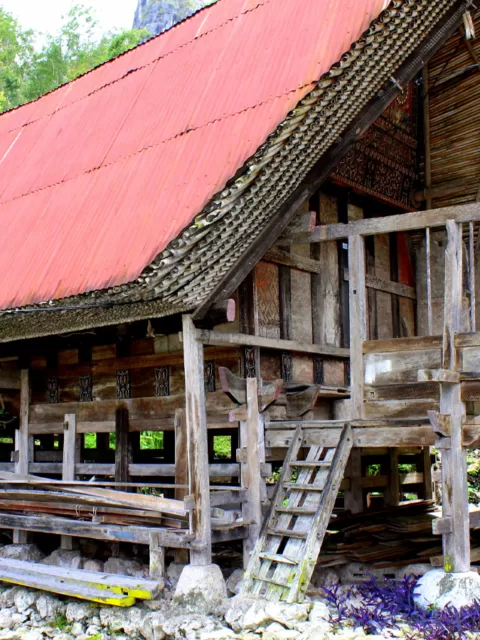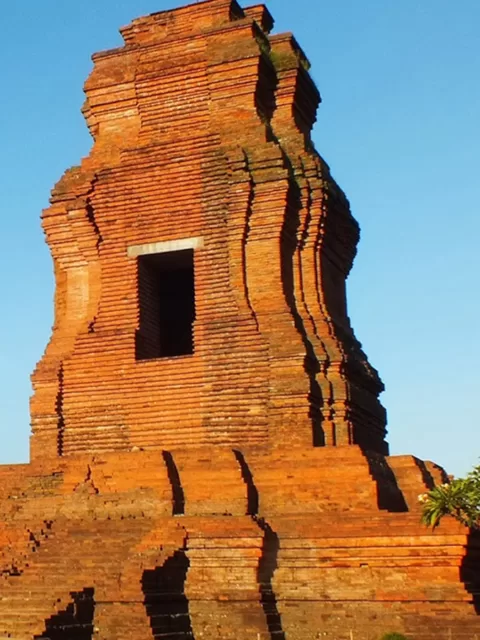Besakih Temple: The Greatest Temple in Bali
Unveiling the Majesty of Besakih Temple
Nestled on the sacred slopes of Mount Agung, Besakih Temple, often referred to as the “Mother Temple of Bali,” stands as a testament to the island’s rich cultural and spiritual heritage. In this comprehensive exploration, we will embark on a journey to uncover the majesty of Besakih Temple and understand why it holds the esteemed title of being the greatest temple in Bali. From its ancient roots and architectural marvel to the intricate rituals and ceremonies that take place within its sacred precincts, Besakih Temple is a remarkable reflection of Balinese Hinduism and a symbol of the island’s enduring spiritual traditions.
History and Significance of Besakih Temple
The Ancient Roots of Besakih Temple
The origins of Besakih Temple date back over a thousand years, making it one of Bali’s oldest and most revered temples. Its history is closely intertwined with the island’s spiritual evolution. Built upon the belief that it is the closest point to the heavens, Besakih has been a place of worship since ancient times. Its existence predates the Majapahit Empire, a powerful Hindu-Buddhist kingdom in Java, and it has been a sanctuary for Balinese Hindus for generations.
The Role of Besakih in Balinese Hinduism
Besakih Temple is not just a religious site; it is the heart and soul of Balinese Hinduism. The temple complex is a harmonious representation of the Balinese Tri Hita Karana philosophy, which emphasizes the balance and harmony between humans, nature, and the divine. Balinese Hindus believe that the gods and deities descend from Mount Agung, and Besakih serves as the central point for these spiritual connections. It is a place where the past, present, and future converge in rituals and ceremonies that uphold the island’s unique religious traditions.
Why Besakih Is Considered the Greatest Temple in Bali
The title of the greatest temple in Bali is not bestowed lightly. Besakih Temple’s significance goes beyond its historical age and religious importance. It’s a complex of over 80 temples, each with its distinct role, creating a spiritual microcosm that covers every aspect of Balinese life. Its tiered structure is a representation of the cosmic levels of the universe, with the highest shrines symbolizing the gods and the lower levels representing the mortal realm. The temple’s sprawling architecture, combined with its profound cultural and spiritual significance, makes it a testament to Bali’s rich and unique heritage.

Architectural Marvel of Besakih Temple
The Layout and Structure of the Temple Complex
Besakih’s architecture is a marvel to behold. The temple complex is organized into a series of ascending terraces, each with its set of shrines and pavilions. At the highest level, Pura Penataran Agung, the main temple, stands as the pinnacle of Balinese spiritual life. The layout reflects the concept of Tri Mandala, which divides the temple into three zones representing the cosmos, nature, and the realm of the gods. This intricate design showcases the Balinese devotion to maintaining harmony and balance.
Intricate Carvings and Artwork
As you explore Besakih Temple, you’ll encounter a myriad of intricate carvings and artwork that adorn the shrines and pavilions. These carvings tell stories from Hindu epics like the Ramayana and the Mahabharata, showcasing the artistic skill of the Balinese people. Each carving is not just a piece of art but a reflection of the temple’s spiritual and mythological significance. The attention to detail in these carvings is a testament to the island’s commitment to preserving its cultural heritage.

The Significance of Various Temple Buildings
Besakih Temple is not a single temple but a complex comprising numerous individual temples, each serving its purpose. Among these, Pura Penataran Agung is the most important. It houses shrines dedicated to Lord Shiva, the patron god of the temple. Other temples within the complex are dedicated to deities like Brahma, Vishnu, and Saraswati. These individual temples, each with its unique role, come together to create a spiritual tapestry that represents the diversity of Balinese Hinduism.
Religious and Cultural Traditions at Besakih Temple
Rituals and Ceremonies Held at the Temple
Besakih Temple is a place of constant activity, with daily rituals, ceremonies, and offerings. Balinese Hindus visit the temple regularly to make offerings and seek blessings. The temple comes alive during full moon and new moon ceremonies, which are significant events in the Balinese lunar calendar. These ceremonies involve vibrant processions, dances, and music, creating a vivid representation of the island’s cultural and spiritual vitality.

The Annual Eka Dasa Rudra Ceremony
Every 100 years, Besakih Temple hosts the Eka Dasa Rudra ceremony, one of the most significant and grandiose events in Balinese Hinduism. This century-old ceremony involves an elaborate purification ritual, symbolizing the renewal of the universe and the cleansing of human sins. The ceremony unites thousands of Balinese devotees and priests, making it a unique and unforgettable experience for those fortunate enough to witness it.
The Role of Priests and Pilgrims
Besakih Temple is not just a place of worship; it is a center of spiritual leadership. The temple is presided over by a council of high priests, known as Pedanda, who oversee the temple’s rituals and ceremonies. Pilgrims from across Bali and beyond visit the temple to seek the guidance and blessings of these priests. This interaction between priests and pilgrims is at the core of Balinese Hinduism, fostering a sense of community and devotion.
The Natural Beauty Surrounding Besakih Temple
Location of the Temple on the Slopes of Mount Agung
Besakih Temple is situated on the southern slopes of Mount Agung, the highest volcano in Bali. The temple’s location not only offers breathtaking panoramic views but also underscores the spiritual connection between the temple and the mountain. The proximity to Mount Agung adds an element of awe and reverence to the temple experience.

Views of the Volcanic Landscape
As you explore the temple complex, you’ll be treated to stunning vistas of the volcanic landscape that surrounds Mount Agung. The lush, green terraces of rice paddies, the deep valleys, and the awe-inspiring sight of Mount Agung itself all contribute to the spiritual and natural beauty of the temple’s surroundings.
The Spiritual Connection with Nature
Balinese Hinduism places great emphasis on the connection between spirituality and nature, and Besakih Temple exemplifies this belief. The temple’s location on the slopes of Mount Agung reinforces the idea that the gods reside in the mountains. The natural beauty and the ever-present views of the volcano remind visitors of the interdependence of Balinese culture and the environment.
Visiting Besakih Temple
Practical Information for Visitors
Before embarking on your journey to Besakih Temple, it’s essential to be prepared. The temple is open daily, but it’s advisable to check the official website or contact the temple for current information on opening hours and admission fees. Keep in mind that a sarong and sash are required attire for both men and women when entering the temple. Sarongs and sashes are often available for rent at the temple entrance.
Guided Tours and Local Insights
To fully appreciate the cultural and spiritual significance of Besakih Temple, consider taking a guided tour. Local guides can provide valuable insights into the temple’s history and rituals, making your visit more informative and meaningful. They can also share local stories and traditions, giving you a deeper understanding of Balinese culture.
Etiquette and Dress Code for Temple Visits
Respect for local customs and traditions is paramount when visiting Besakih Temple. Dress modestly and conservatively, covering your shoulders and knees. Remember to remove your shoes before entering the temple complex. It’s essential to maintain a quiet and respectful demeanor while exploring the temple, as it is a place of worship for many Balinese Hindus. Be mindful of the ongoing ceremonies and rituals, and ask for permission before taking photographs, especially of the worshippers.
Final Thoughts
In conclusion, Besakih Temple is not just a place of worship; it is a testament to Bali’s rich cultural and spiritual heritage. Its ancient roots, an architectural marvel, profound rituals, and the natural beauty that surrounds it make it the greatest temple in Bali. The temple’s significance extends beyond its religious importance; it is a symbol of the island’s unique cultural identity and its enduring spiritual traditions. Whether you’re a history enthusiast, a seeker of spiritual wisdom, or someone who appreciates natural beauty, a visit to Besakih Temple offers a profound and enriching experience. As you leave the temple grounds, you’ll take with you not just memories but a deeper appreciation for Bali’s cultural and spiritual heritage, and an understanding of why Besakih Temple is considered the greatest temple on this beautiful island. We encourage all visitors to explore and experience the majesty of this iconic temple in Bali, to be enriched by its history, and to become a part of its living cultural tapestry.




